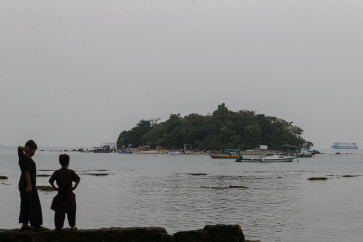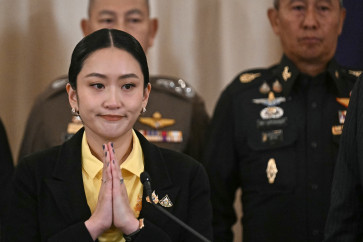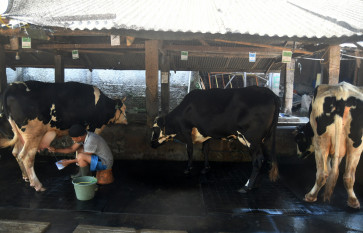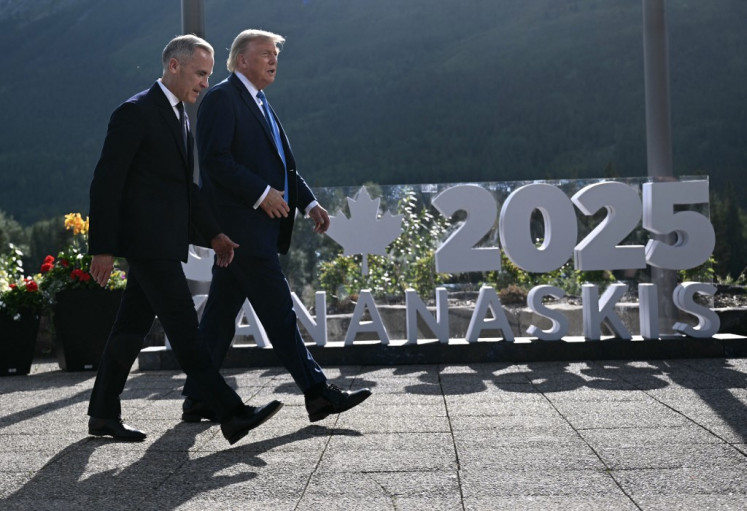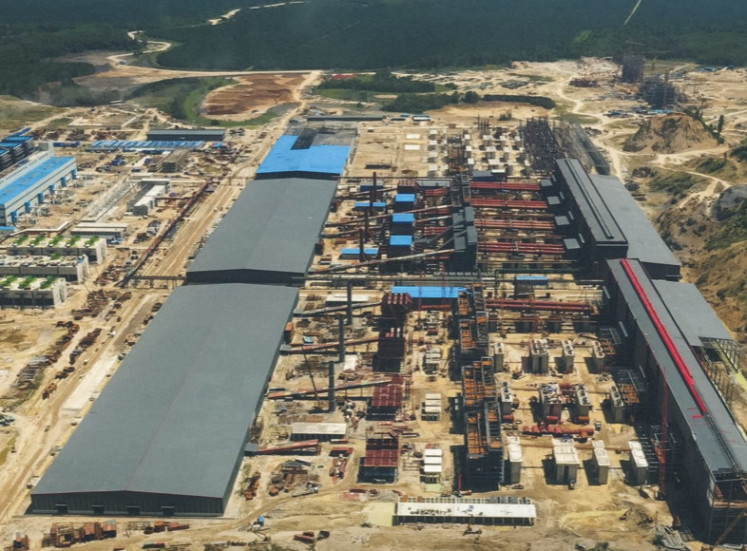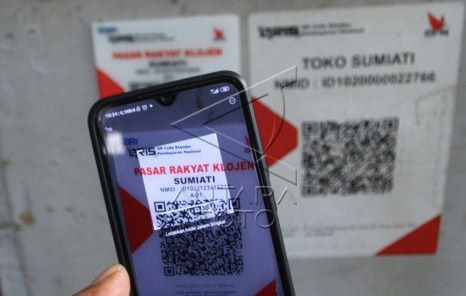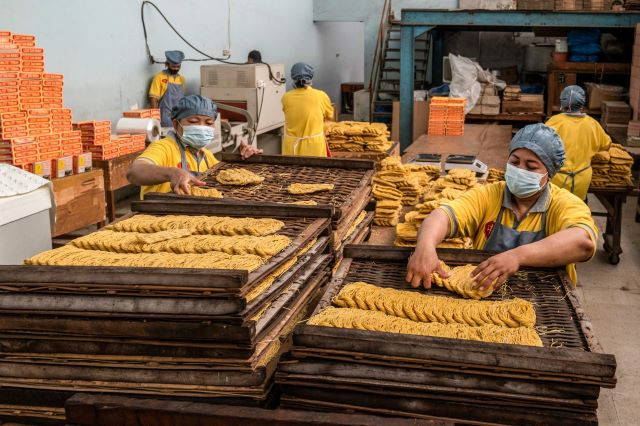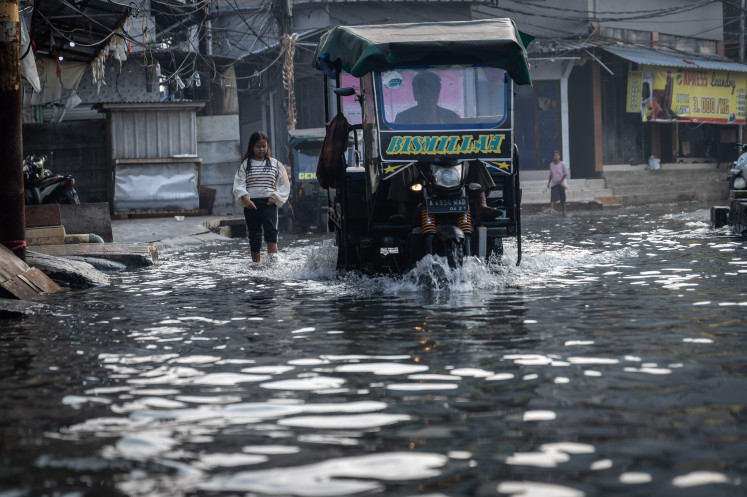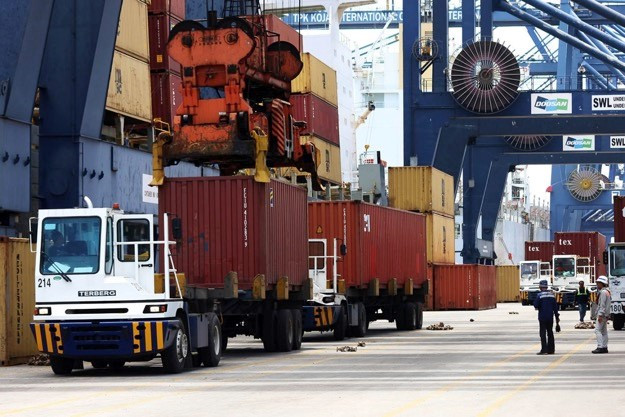Popular Reads
Top Results
Can't find what you're looking for?
View all search resultsPopular Reads
Top Results
Can't find what you're looking for?
View all search resultsEvaluating Indonesia’s digital competition policy
At the center of this debate lies a fundamental question: Is Indonesia prepared to regulate competition in the digital economy effectively?
Change text size
Gift Premium Articles
to Anyone
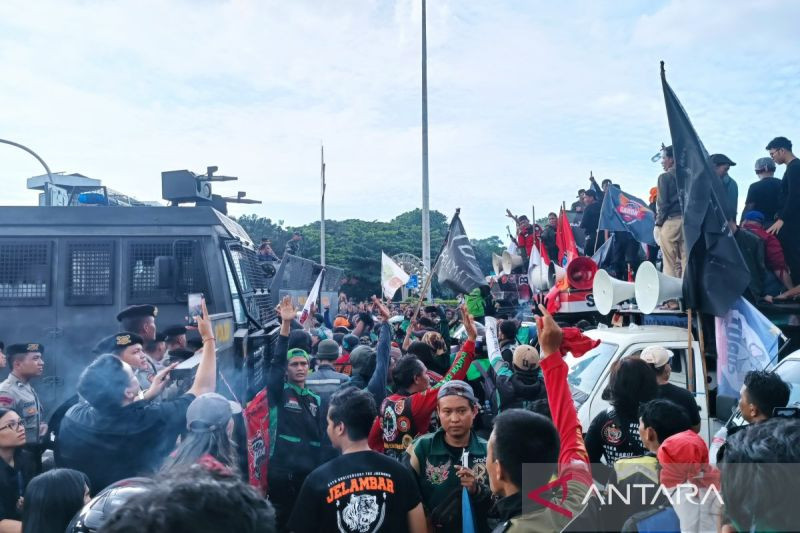 Drivers for ride-hailing companies rally in Jakarta on May 20 in a mass protest for better pay and work conditions. (Antara/Khaerul Izan)
Drivers for ride-hailing companies rally in Jakarta on May 20 in a mass protest for better pay and work conditions. (Antara/Khaerul Izan)
I
n the last few years, various news outlets have reported that Grab Holdings Ltd., a leading super-app company based in Singapore, had several discussions to acquire GoTo Group, Indonesia's major digital platform formed through the merger of Gojek and Tokopedia. Earlier news in 2024 suggested that the deal might be worth around US$7 billion, and by early this year, reports indicated that negotiations had entered a more advanced stage.
These talks, reportedly supported by influential investors and sovereign wealth funds, sparked widespread attention. In particular, Grab was reported to be arranging a short-term bridging loan of up to $2 billion from several banks, to be refinanced later through bonds or equity issuance. This indicated a strong potential acquisition.
This was not just another business deal, it represented a deeper shift in the digital economy of Southeast Asia.
Yet, according to a Bloomberg report on June 9, both Grab and GoTo released official statements denying any ongoing negotiations or finalized acquisition agreement. Still, even in the absence of a deal, the public discussion around it revealed important structural challenges.
At the center of this debate lies a fundamental question: Is Indonesia prepared to regulate competition in the digital economy effectively?
Grab and GoTo are not ordinary tech firms, they function as full-scale digital ecosystems. In some segments, particularly ride-hailing and food delivery, they already dominate the market. If Grab were to acquire GoTo, it would control over 80 percent of the market in those areas and gain substantial influence in the digital payments space through GoPay and OVO.
Economists assess market structures using the Concentration Ratio (CR) and the Herfindahl-Hirschman Index (HHI). In this case, the CR4 (concentration ratio or market share of four largest companies) even CR2 (concentration ratio or market share of two largest companies) exceeds 90 percent indicating a duopolistic or monopolistic market.


